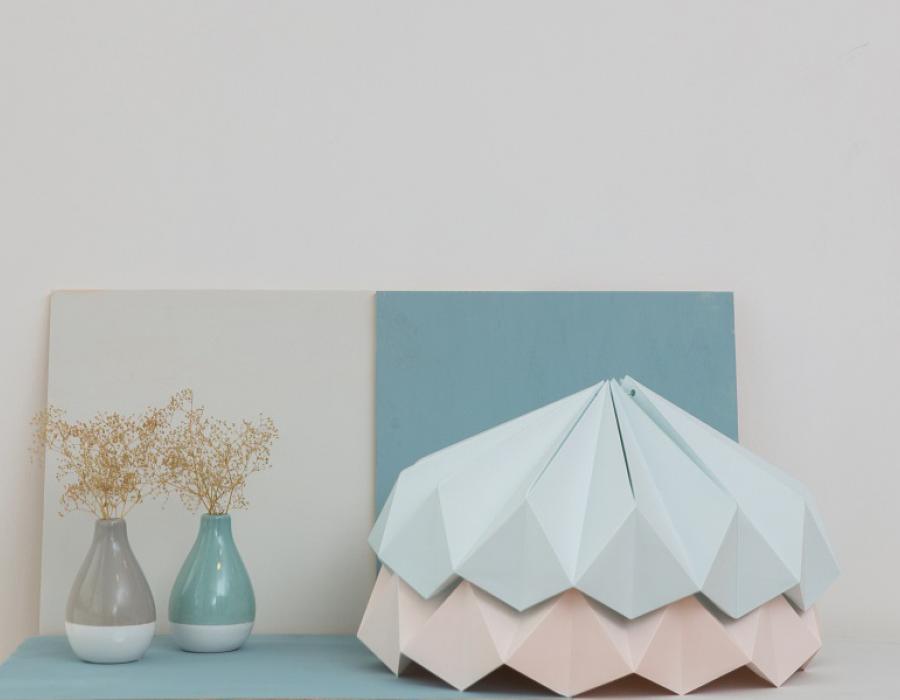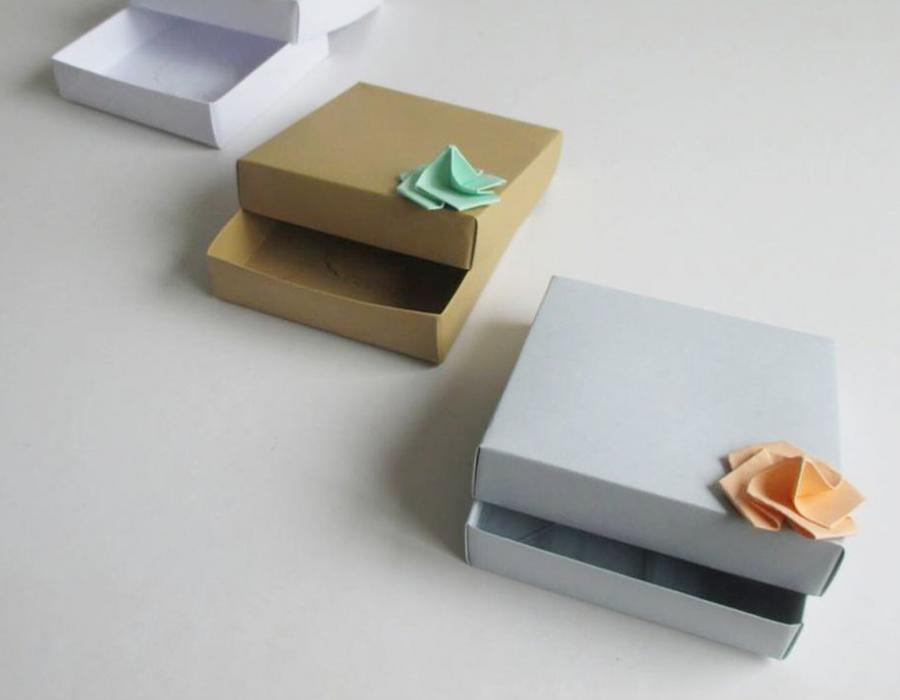Paper allows you to create myriad original creative projects, give your imagination a free rein and come up with surprising albeit seemingly impossible proposals. Playing with this material to create unique items is the speciality of Anaquiños de Papel, a project that saw the light in A Coruña in 2012 thanks to two sisters, Bea and Cris. Lovers of design and interior decoration, they began to work with origami, eventually using it to create artisanal decorative items using paper as their raw material. Moreover, they were recently finalists in the Premio Nacional de Artesanía in the Entrepreneurs category. We talked to them about why they chose this material, what makes it so special and how they use and work with it for their creations.
What kind of projects do you do at Anaquiños de Papel?
We do all kinds of jobs, for private parties, such as paper flower bouquets for parties or festive occasions and advertising specialists, events or window dressing, among others (with photo calls XL flowers, press Kits, photo sets, etc.).
How did you evolve from origami to personalised decoration and all the other areas that you work in nowadays?
We started Anaquiños de Papel as a blog, a hobby that we could use to showcase the figures that we were learning to create with origami. However, slowly but surely, we realised that companies had taken an interest in our work and were commissioning specific items for their projects. This is where we decided to specialise and expand our creations, not only to origami but also with paper art.
Paper is your raw material. Why is this material so special for you?
As far as we are concerned it is unique, it is the point of departure for any major project.
Why did you select this material as the only one to work with?
We discovered origami, which only requires a piece of paper. Something that everyone has at home, like a sheet or a promotional flyer. Moreover, it gives our brand its name. Anaquiños is a Galician word that means “a little piece”, and the fact is that a little bit of paper is always our point of departure.
As you said, you started out in origami, which requires skilled mechanical work. What does a material need to be like to withstand this type of processing?
It depends on the project. For example, if you want to create a small origami figure, one that will require a lot of folding, the grammage must be very thin. In any event, it must be a paper that can be scored and folded without the fibres getting damaged.
Besides these mechanical characteristics, what other aesthetic factors are important to you when you choose a material for a job?
This will always depend on what the client needs. Sometimes, on account of our expertise in paper, we are asked to manage a project’s artwork, so we take care of the design, source the material and create the items, etc. On other occasions, the client tells us what pieces they need and we come up with the option best suited to their needs (in terms of colour, texture, grammage…). The paper world is an exciting one, and there is nothing we like more than a sample box or collection to select the best one for each job.
One of our slogans is that paper is alive. What does that mean to you and how is this apparent to you?
It is totally true. More often than not we come upon papers which “tell” us what Anaquiño they want to be. You see it, touch it and you know whether it will become a flower, a star… It is very special.
What is the link or bond between this material and the senses like?
For us, it is a very strong link. Following up on the previous question, paper is something that you need to see, although in our case it is also very important to touch it. Once we hold it in our hands we realise all the possibilities that it harbours.
What are the current trends in your sector?
At this moment in time, both origami and paper art appear consistently in advertising and visual communication, as well as in marketing. We are often commissioned to provide XL paper flowers to decorate events and origami figures for hanging up, experimenting with their height, as well as special items for press kits.
In actual fact, it depends on the sector we are working for: some need origami projects to achieve a minimal style whereas many others seek colour or originality.
Now, with the future in mind, how do you see paper evolving in the coming years? What else can it offer us?
We believe that it must evolve towards sustainability, which strikes us as essential. For example, we need to create a greater variety of recycled materials and make inks ecological, even if this means downsizing our colour palette. Increasingly more clients are asking us to make items with recycled paper and the problem that we encounter is that there is not a great deal to choose from.



